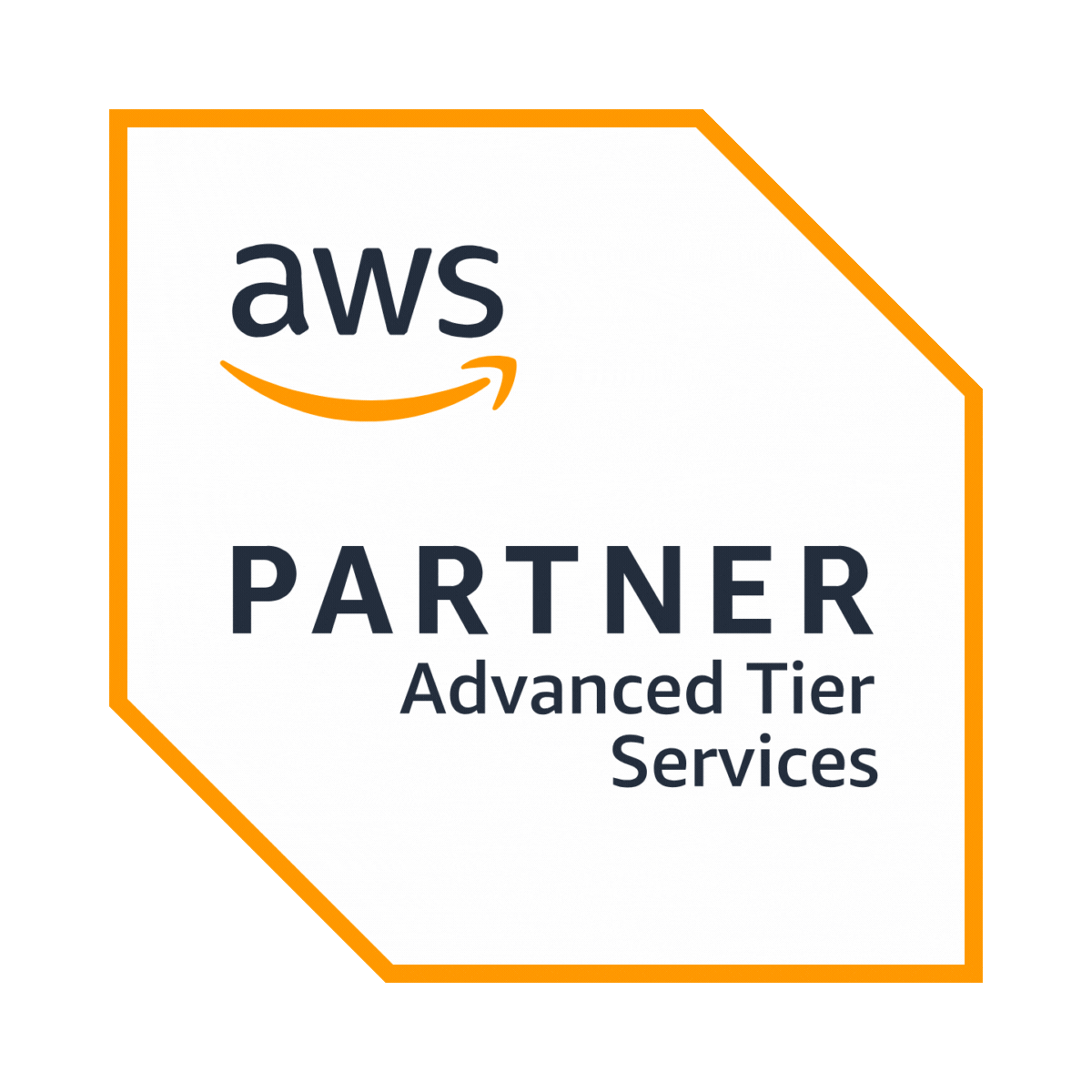The rapid evolution of technology demands that businesses rethink how they manage their IT infrastructure. Legacy systems, once the backbone of enterprise operations, now limit agility, increase operational costs, and pose security risks. To stay competitive, companies must embrace IT infrastructure modernization—a strategic approach to upgrading technology, adopting cloud solutions, and implementing automation.
According to McKinsey, companies that prioritize IT infrastructure modernization can cut operating costs by up to 40% while improving efficiency and security. (McKinsey)
This guide explores the key components, benefits, and challenges of IT modernization, offering a roadmap for businesses to transition smoothly into a future-ready IT landscape.

Why IT infrastructure modernization is essential for enterprises
IT infrastructure modernization is not just about technology upgrades; it's about business transformation. Organizations that modernize their IT infrastructure gain a competitive edge in scalability, security, and efficiency.
Key benefits of IT modernization
1. Improved scalability and flexibility
Traditional IT systems struggle to handle increasing workloads. A modern infrastructure—leveraging cloud and AI-powered automation—allows organizations to scale on demand.
2. Enhanced security and compliance
Cyber threats are evolving, and legacy infrastructure is highly vulnerable. IT modernization integrates AI-powered security, zero-trust architecture, and automated compliance checks to protect sensitive data.
3. Operational cost reduction
By migrating workloads to cloud-native environments, businesses can reduce IT maintenance costs while optimizing computing resources.
4. Faster innovation and agility
Modern IT infrastructure enables rapid deployment of new applications and services, making businesses more adaptive to market changes.
5. Better business continuity and disaster recovery
According to Gartner, organizations with modern IT disaster recovery solutions experience 65% faster recovery in the event of a system failure.
Key components of IT infrastructure modernization
1. Adopting a hybrid cloud strategy
Hybrid cloud strategy is the foundation of IT modernization, offering a balance between public and private cloud environments. According to Flexera’s 2024 State of the Cloud Report, 87% of enterprises use a hybrid cloud approach.
Why hybrid clouds?
- Flexibility – Businesses can choose which workloads run on public vs. private clouds.
- Cost efficiency – Optimize spending by utilizing on-demand cloud resources.
- Enhanced security – Sensitive data remains on-premises, while non-critical workloads leverage the public cloud.
2. Migrating to cloud-native application architectures
Modern enterprises are shifting from monolithic applications to cloud-native architectures powered by microservices, Kubernetes, and serverless computing.
Key benefits
- Resilience – Containers and microservices ensure high availability and fault tolerance.
- Scalability – Serverless computing allows applications to scale automatically based on demand.
- Cost optimization – Businesses pay only for the resources they use.
Example
Netflix migrated to AWS cloud-native infrastructure, reducing downtime and scaling video streaming globally with 99.99% availability. (AWS Case Study)
3. AI-driven IT operations and automation
AI-powered IT operations (AIOps) automate infrastructure monitoring, security threat detection, and resource optimization.
- AI-powered monitoring detects anomalies and prevents downtime.
- Self-healing networks automatically resolve issues without human intervention.
- AI-driven data lakes provide real-time analytics for business insights.
According to IDC, AI-driven IT automation can reduce IT operational workload by up to 45%. (IDC)
4. Modernizing legacy infrastructure for cloud migration
Many enterprises still rely on legacy on-premises systems. Migrating these workloads to the cloud unlocks greater efficiency and security.
Key migration strategies
- Lift-and-shift – Move workloads to the cloud without major code changes.
- Replatforming – Optimize applications to take advantage of cloud benefits.
- Rearchitecting – Completely redesign applications for cloud-native functionality.
Case Study
A leading bank modernized its legacy infrastructure by migrating 50% of workloads to the cloud, reducing IT costs by 35% while improving security and compliance. (IBM Cloud Case Study)
5. DevOps and infrastructure as code (IaC) adoption
DevOps automation and Infrastructure as Code (IaC) streamline IT operations, reducing manual processes and improving deployment efficiency.
Best practices
- Use Terraform & AWS CloudFormation for automated infrastructure provisioning.
- Implement CI/CD pipelines to accelerate software delivery.
- Enable auto-scaling for cost-effective infrastructure.

Challenges in IT infrastructure modernization
Despite the benefits, IT modernization comes with challenges that businesses must navigate carefully.
1. High initial costs
While IT modernization reduces long-term expenses, upfront costs for cloud migration and infrastructure upgrades can be significant.
2. Integration complexity
Migrating legacy systems can cause compatibility issues, requiring custom APIs and middleware solutions.
3. Security risks
Transitioning IT infrastructure exposes organizations to cybersecurity threats, requiring robust cloud security frameworks.
Solution: Implement zero-trust security models and AI-driven threat detection.
4. Skill gaps in IT teams
According to Gartner, 60% of cloud failures occur due to a lack of IT skills. Businesses must upskill employees in cloud, DevOps, and AI-driven automation. (Source: Gartner)
Best practices for IT infrastructure modernization
- Conduct a comprehensive IT audit – Identify infrastructure bottlenecks and inefficiencies.
- Develop a cloud migration strategy – Choose between public, private, or hybrid cloud.
- Automate security & compliance – Use AI-powered security tools for threat detection.
- Invest in employee training – Upskill IT teams in cloud management, AI automation, and DevOps.
- Optimize costs with FinOps – Use cloud cost monitoring tools to manage spending effectively.
Conclusion
IT infrastructure modernization is critical for enterprise growth, security, and scalability. By adopting hybrid cloud strategies, leveraging AI-driven automation, and migrating legacy systems, businesses can future-proof their IT operations.Get in touch with our cloud experts today!














